The last month has flown by so quickly, it took a deep dive into my camera roll and a bit of soul searching in order for me to write this blog post. According to those things, the potential reason for my inability to remember is a) our midseason report forced us to spend time organizing data and writing which blended about a week into a foggy blur of cut tests and counting and b) that we have been seed collecting HARD. This month, and especially these final two weeks, many of our plants have started to seed and we’ve been doing our best not to miss them. We’ve collected onions, sedges, willowherb, buckwheats, stonecrop, and grasses. We’ve hiked down into bogs and up onto rocky outcrops for our seed. We were lucky to catch a couple cool weeks that brought with them a fervent anticipation for fall and the ability to wear the occasional sweater. Alas, it was just that classic Oregon late summer fake out, and the temperature has returned to the high eighties and nineties. The cool weather was accompanied by some rain and the fading of most of our nearby fires, though, so who could complain?
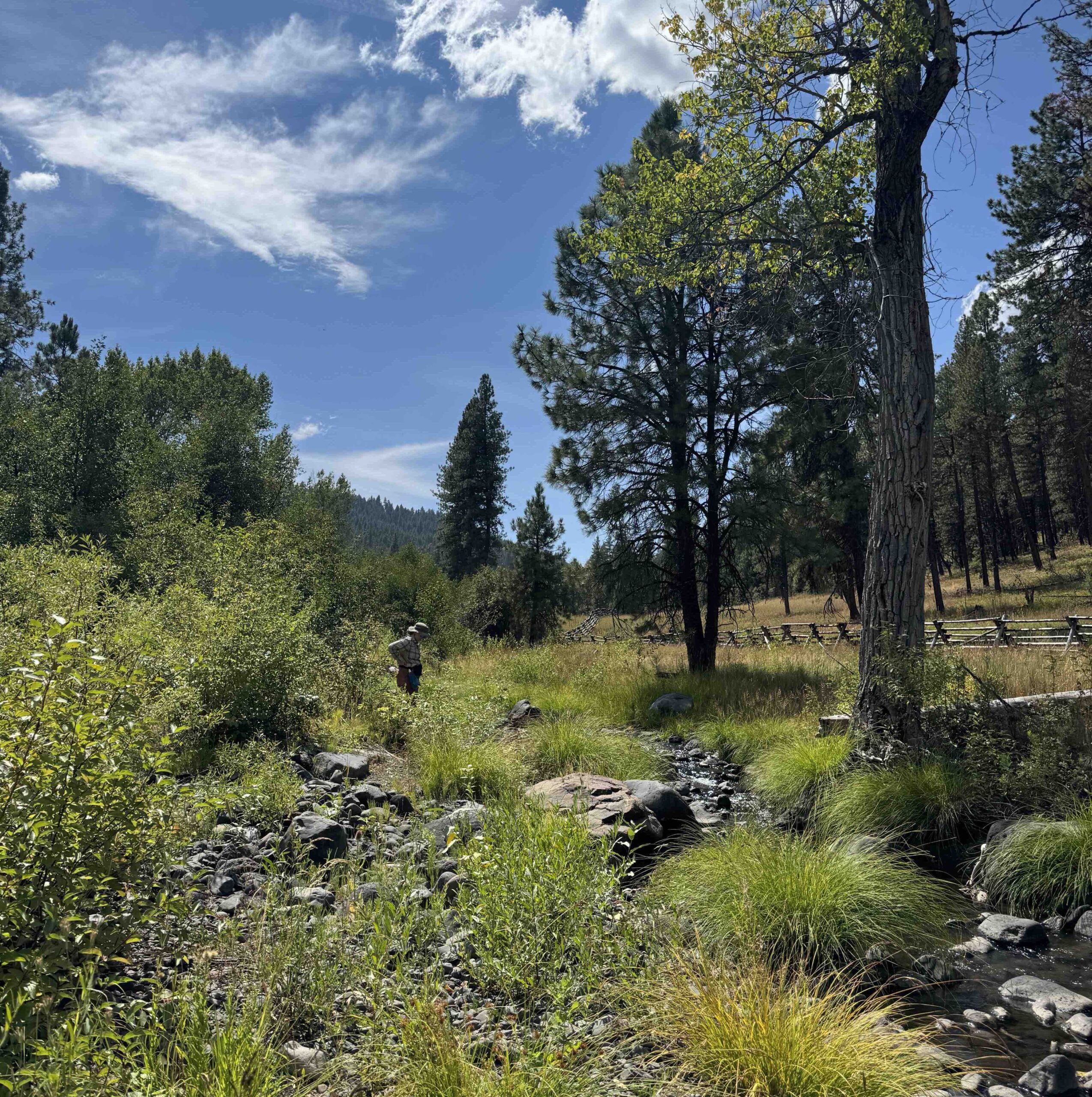
It’s been interesting to see how our attentions shift month to month as different plants start to flower and others senesce. There was a time when Delphinium and Ranunculus held my attention but they have long since been shunted to the side. Aquilegia is a distant, forgotten dream. We had a week or two where we collected so much Elymus that I saw it every time I closed my eyes, but we got enough so now Epilobium and Koeleria have taken its place, burned into my eyelids. Grindelia has started to flower and suddenly we see it everywhere. At the beginning of this job, I was worried about my ability to learn all the plants on our extensive list well enough to spot them in the field, but it hasn’t been hardly as challenging as I expected it to be. At any given time, there are about a dozen plants at the top of our list, so I’ve had no need to hold all of the seventy something species in my head. It’s a little bittersweet, how easily they come and go.
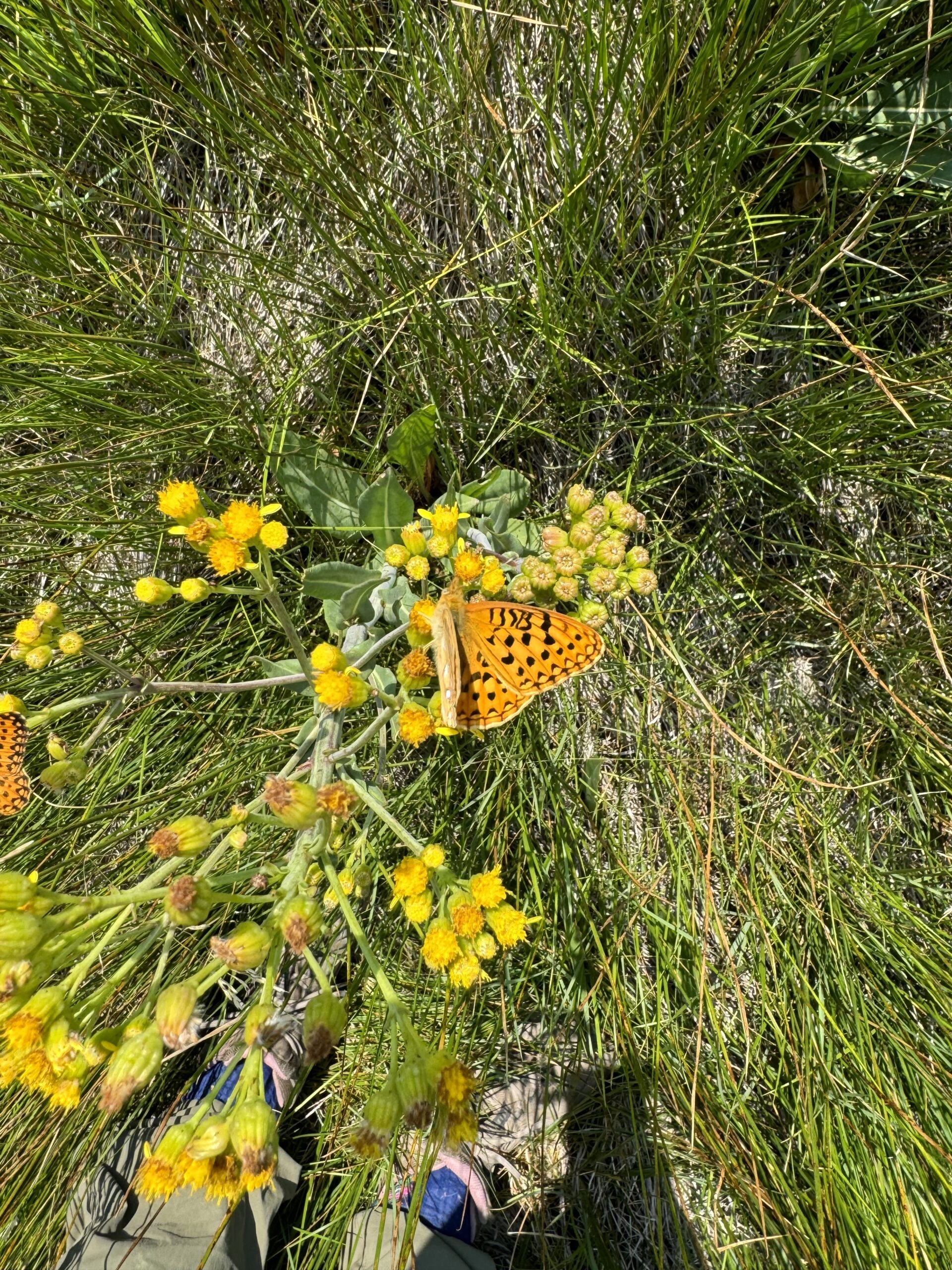
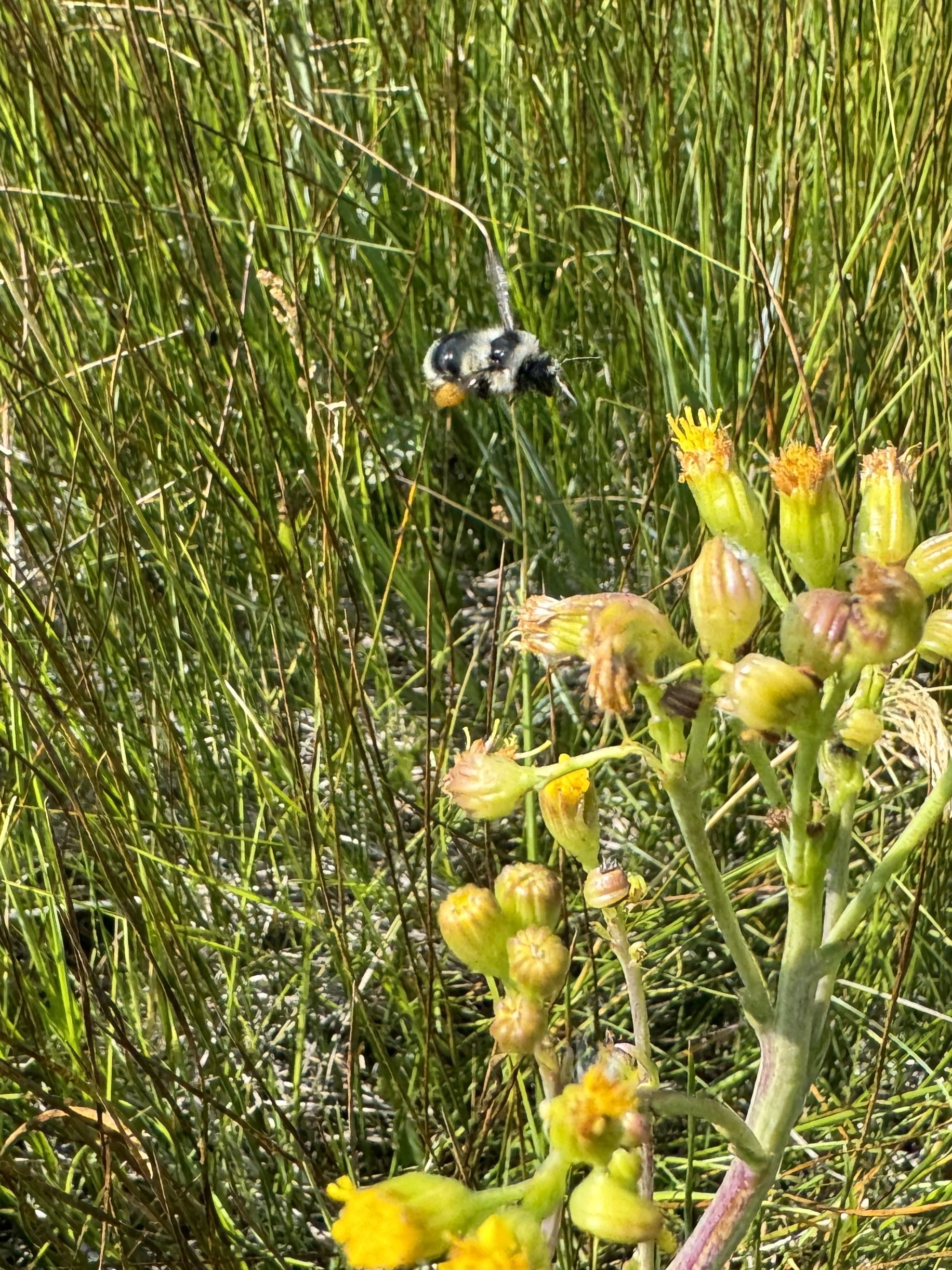
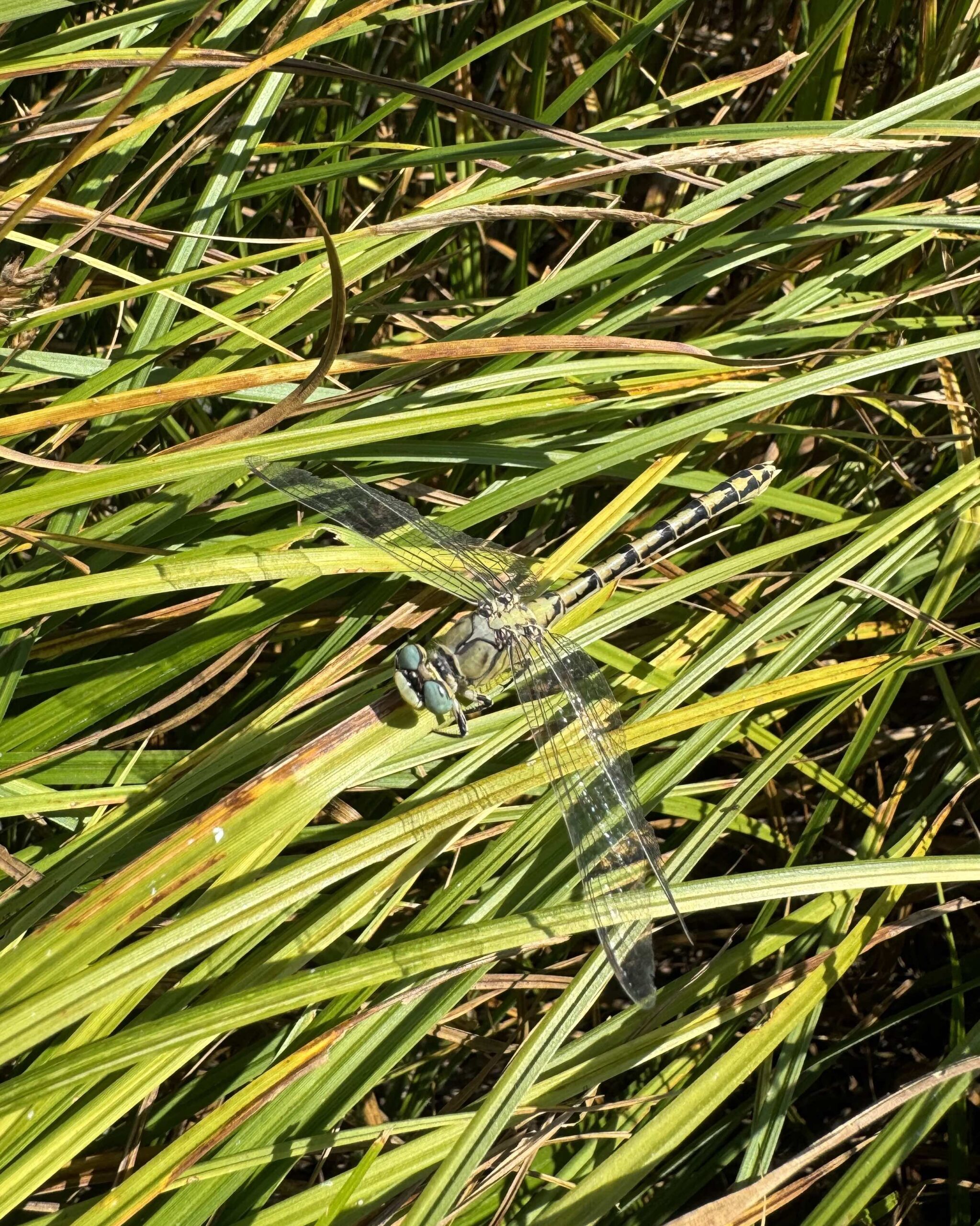
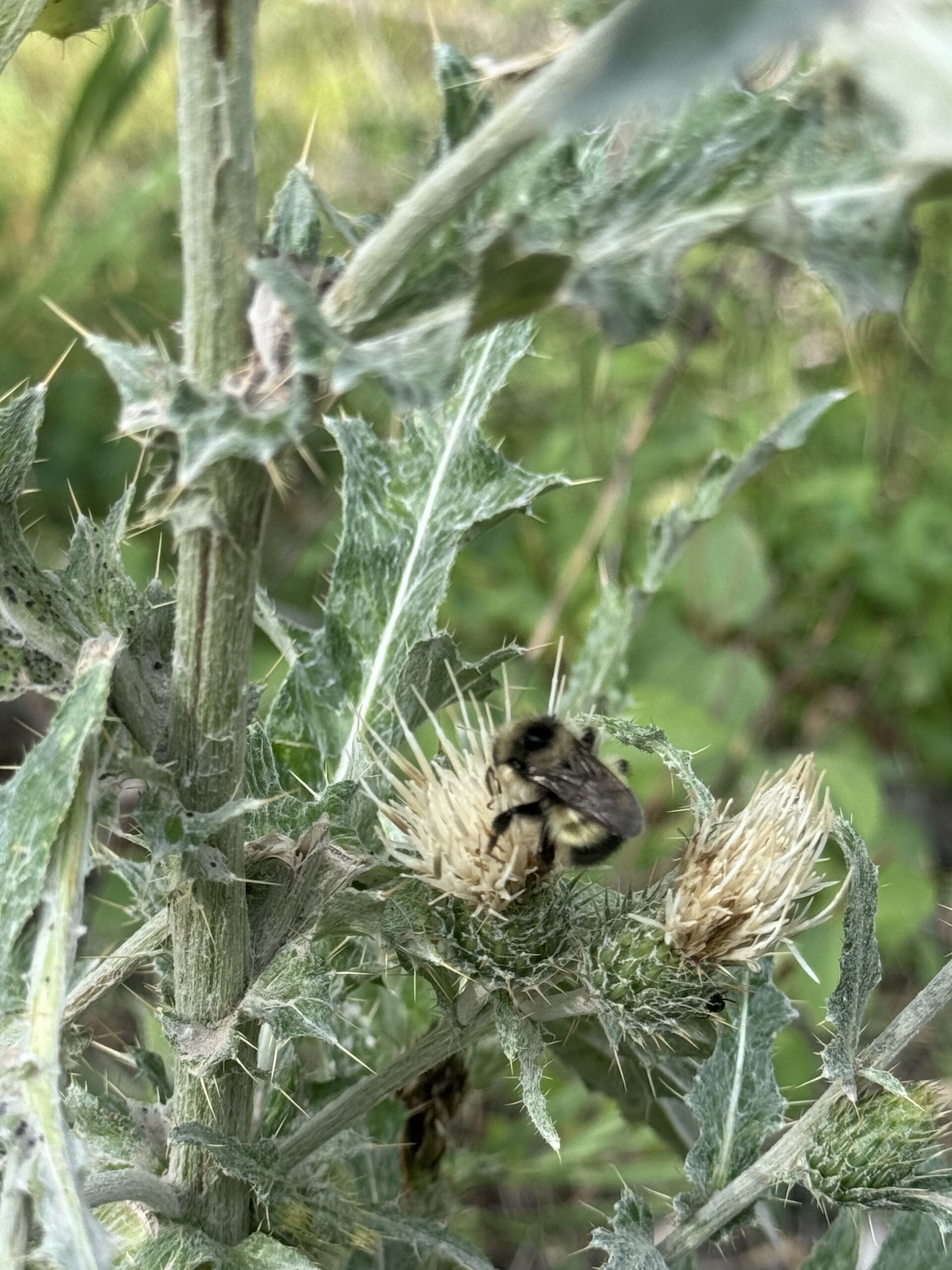
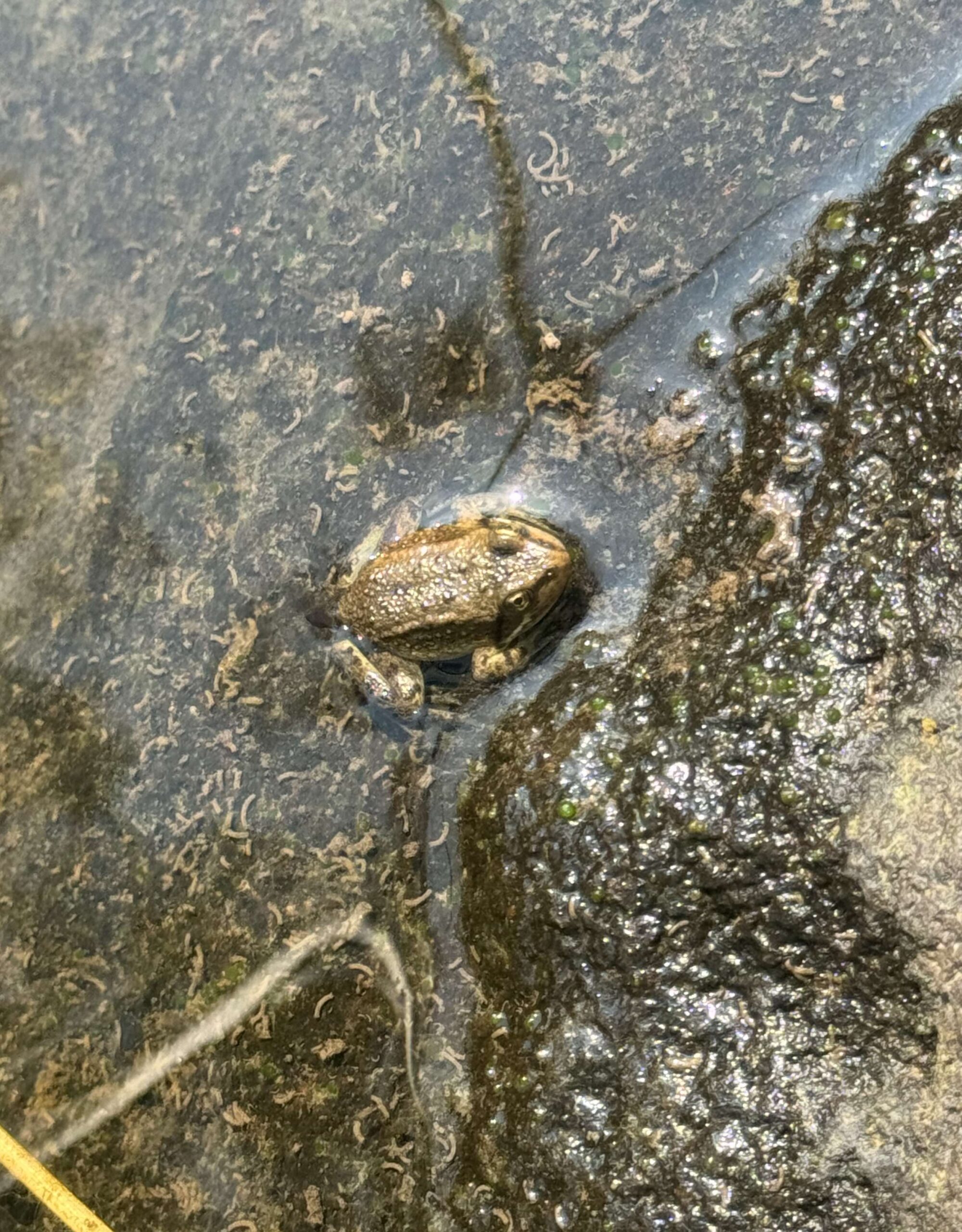

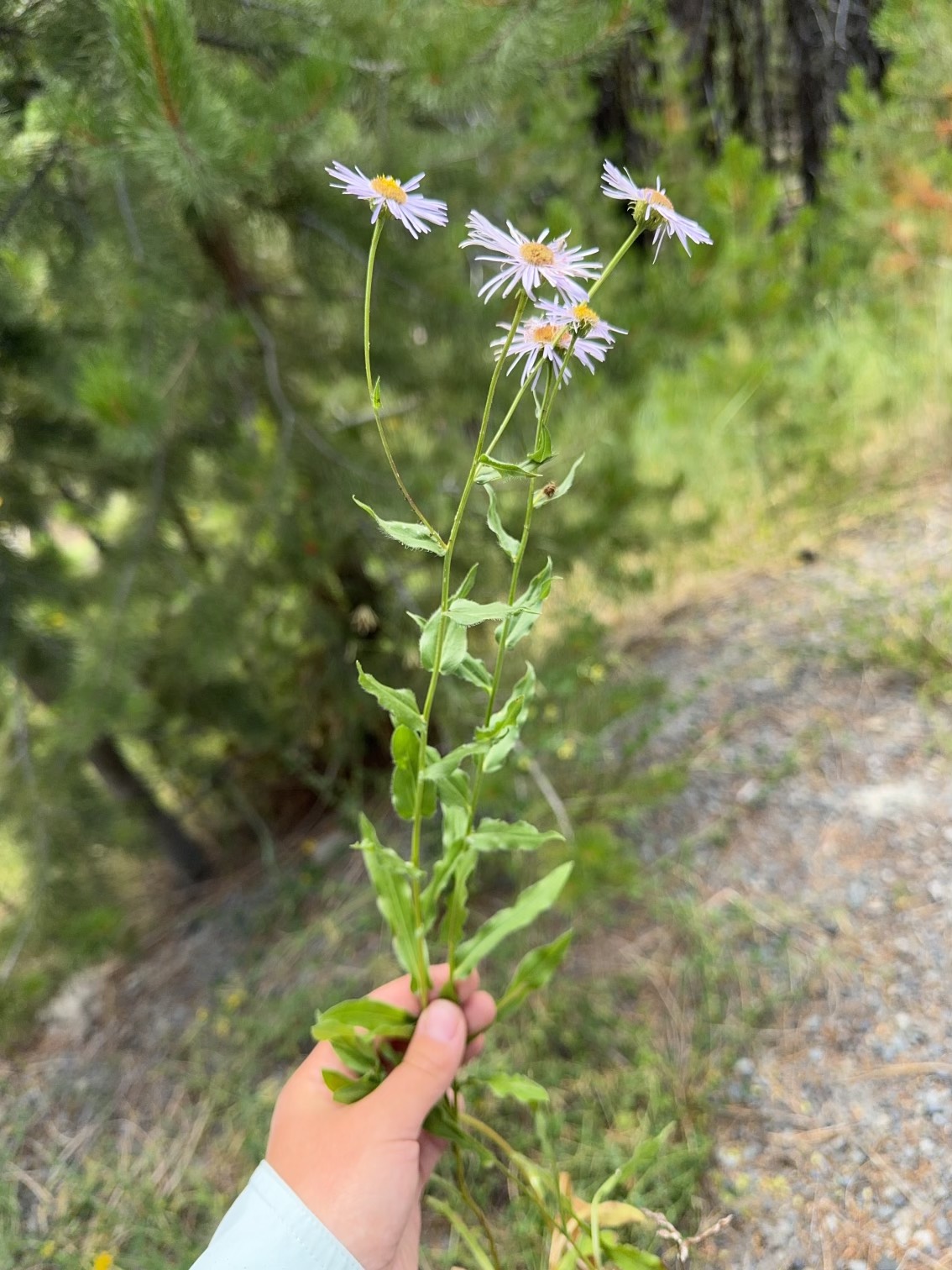
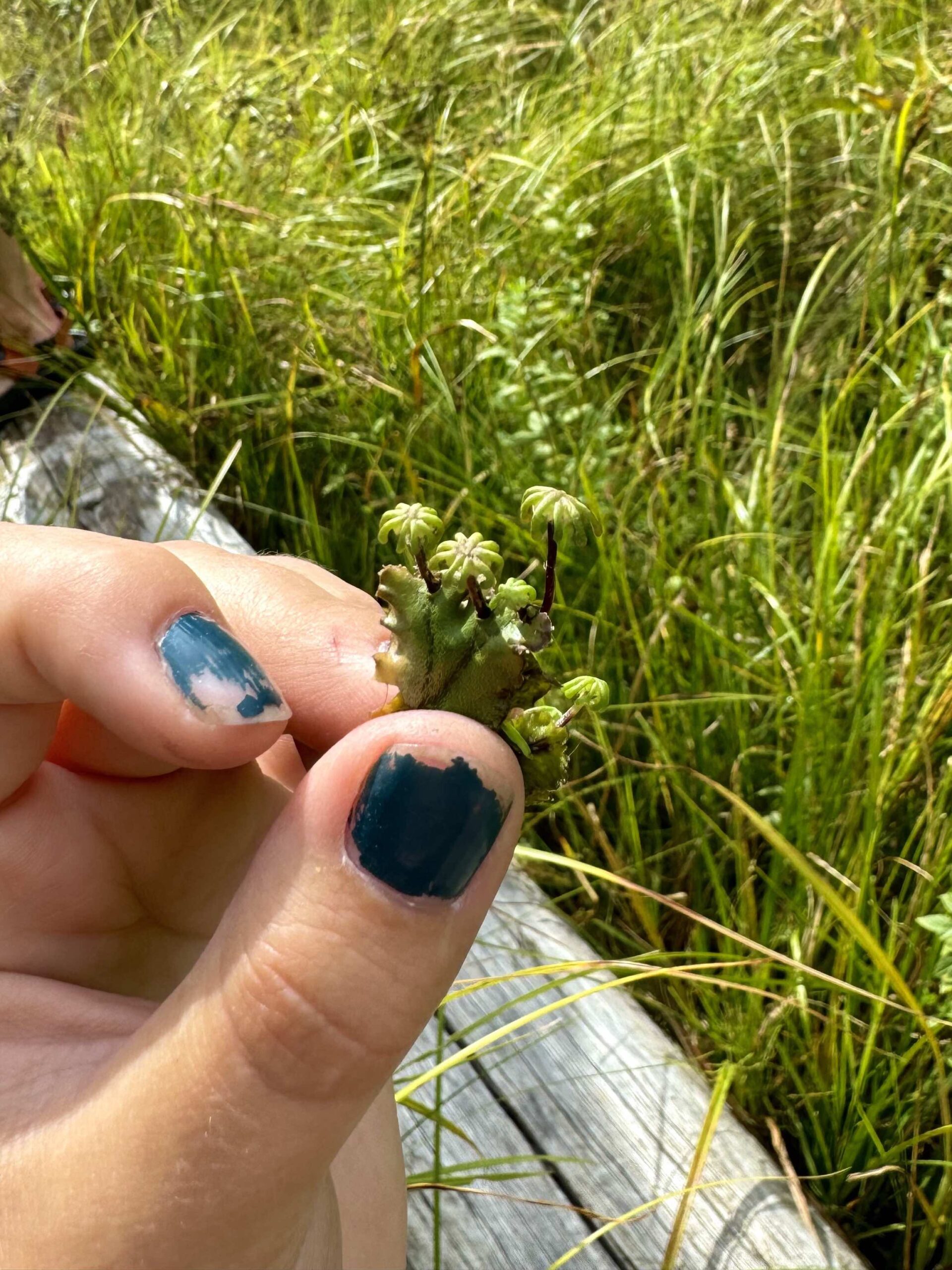

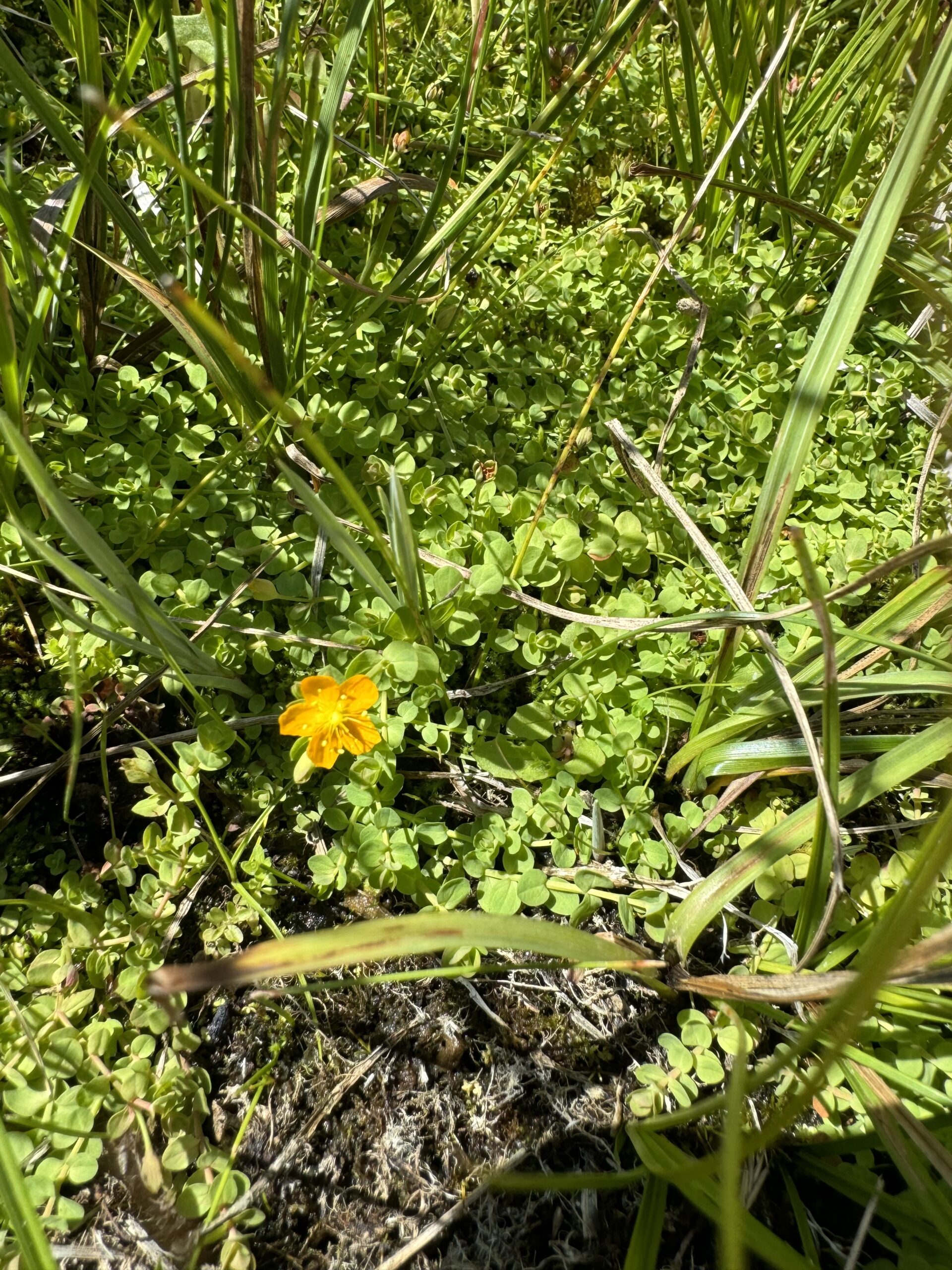
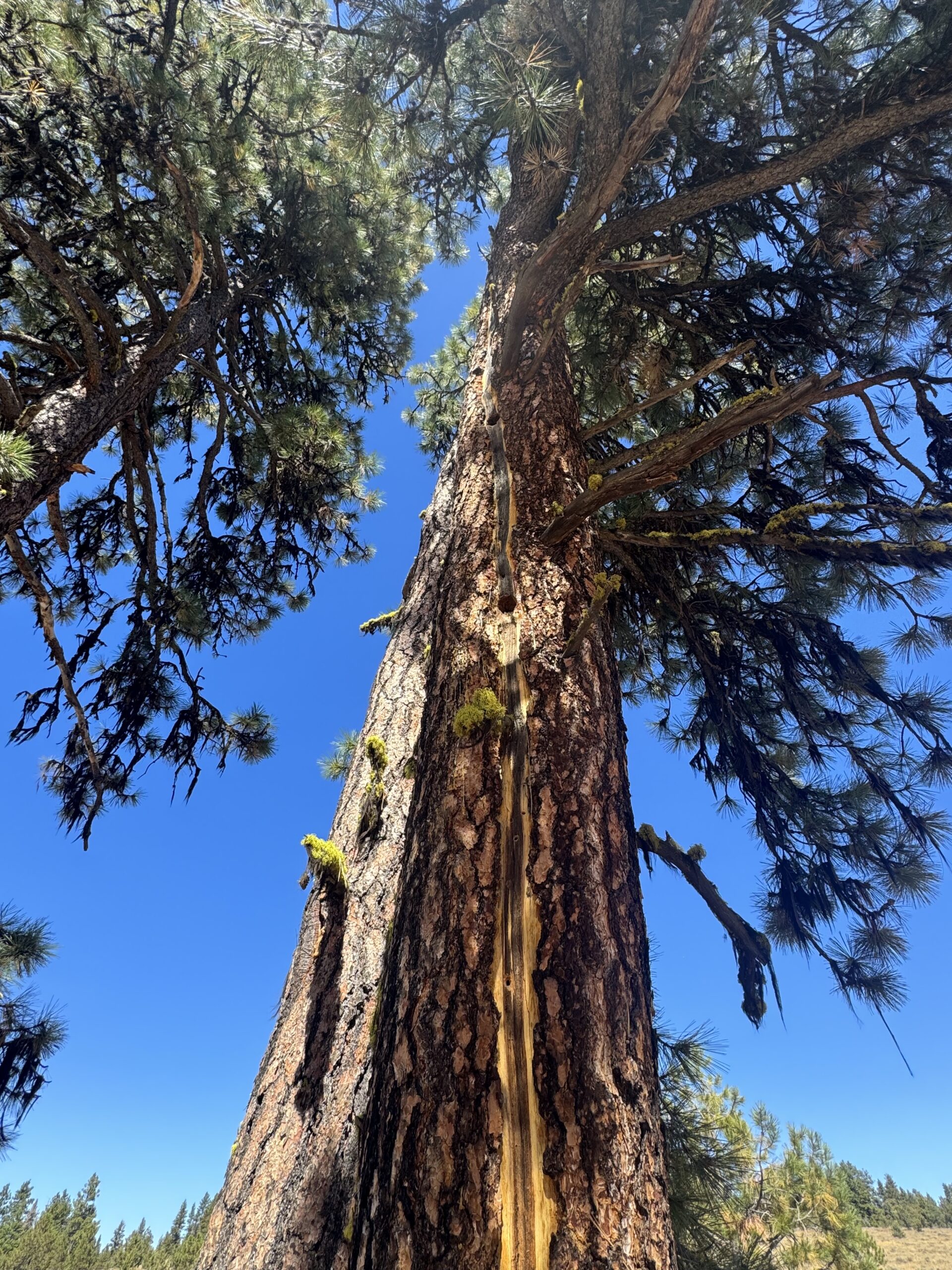
In other news, I’ve been listening to the Harry Potter audiobooks in the field and as we’ve been collecting lots of river-adjacent plants that grow alongside Canada mint, I’ve started to associate that menthol smell with Jim Dale’s Hagrid impression. I hear his voice in my head the moment I catch it in the air.
We now have 261 points in our scouting layer and 72 polygons. We’ve collected over 4 kilograms of seed spanning 26 different species. It’s been going well:)
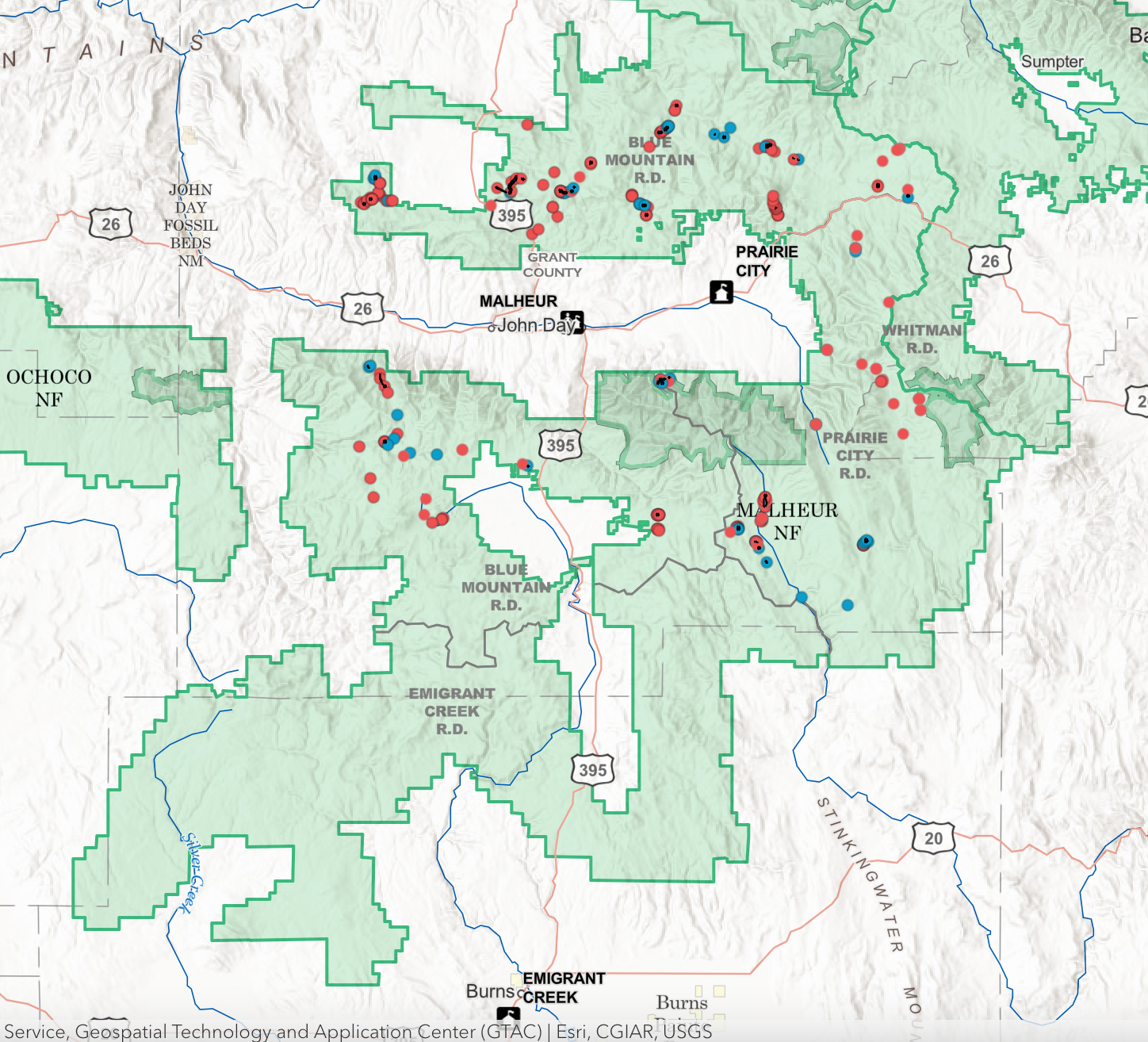
Until next time,
Emma
